For this month’s “one thing” to try, I’m sharing one of my biggest health and weight loss tips, especially for people who think they’re doing everything right and unable to meet their body goals: Veg Out!
Why Are Vegetables Universally Difficult?
This is something I am still working on, too. I think it’s really hard because veggies are typically not an easy grab-n-go snack; they take a little more prep and planning then, say, grabbing an apple or a handful of nuts. Let’s be honest, most of us don’t “crave” vegetables–they don’t satisfy most sweet, salty, or fatty cravings (but they can!). Additionally, I think a lot of people meal-plan around the main protein, and the vegetables are more of a side or afterthought. But what if we changed that?
How Can Veggies Help Me?
Vegetables are arguably the most important food group–of course we aim for a balance of proteins, healthy carbs, and healthy fats. But veggies are the group we should be eating the largest amount of. Here’s a quick list of why vegetables are so important in our bodies:
- Fiber: think heart health and a top-functioning digestive system
- Vitamins & Minerals: the list is far too long to publish here. This includes calcium (it’s not only in dairy!), magnesium, vitamin C, vitamin A, and potassium
- Phytochemicals: These are part of a plant’s immune system that also provide benefits to humans. Cancer prevention, immune system boosting, and support of sleep/mental health/ brain function, for starters. Win, Win, and Win.
- Reduce blood sugar, blood pressure, and imflammation (the three roots of almost ALL chronic disease and health conditions)
- Weight Loss: adding the high-volume/low-calorie and fiber of veggies to your meals will keep you feeling full longer, reducing cravings for other foods.
Am I Eating Enough Veg?
Probably not. Adults should consume 3-4 cups of vegetables daily (based on the American Heart Association recommendation of 5 servings a day; servings can vary between 1/2 cup and a cup). Take a moment to consider how many cups of veg you usually eat. Unless you’re eating an entree salad every day for lunch or dinner, I’d venture to guess most of us aren’t hitting the 4 cup mark.
If you don’t start with breakfast, it’s going to be hard to get all your veggies in. Some ideas:
- A cup or two of spinach, kale, or cooked carrot/sweet potato in your smoothie
- An omelet, frittata or scramble with a cup or two of your favorite veg
- Breakfast burrito packed with veggies like greens and peppers
- Avocado toast topped with tomato, bell peppers, cucumbers, carrots or cooked squash*
After breakfast, try to plan meals around the vegetables that can be included, then decide the protein and healthy fat sources. Some easy types of dishes to center around veggies:
Salad (cold or warm)
Egg bake
Stir Fry
Soup
Sheet Pan Oven Meal
Grain bowl (like quinoa or farro)
Still sounding too hard? If you need to ease into it, try one or both of these “beginner” tips:
- Eat one green thing each day (no, the green Sour Patch Kids don’t count)
- Fill half your plate with veggies
The Good, The Better, and The Best
Depending where you are in your veggie quest, you may be seeking out the top nutritious or beneficial vegetables to make sure you’re eating every day. If you’re just starting out, adding any of these is an improvement over not eating any veggies at all. Overall, one key is to eat a variety of veg in order to take advantage of all the different benefits.
The Good: corn, potatoes (these are starchy and provide the least nutrients but still better than a candy bar!)
The Better: squash, carrots, onion, garlic, peas, beans, beets, sweet potato, peppers, mushrooms, celery, artichokes, radishes
The Best: spinach, asparagus, fermented veggies, pickles, seaweed, and anything in the cruciferous family: brussels, broccoli, cauliflower, kale, cabbage, bok choy (try to have one serving of this group every day)
The Gold Standard: any vegetable you will eat & enjoy
Oh–and did I mention that the nutrients in most veggies are absorbed better into your bloodstream with the addition of a little (a LITTLE) healthy fat? So go ahead and add some grass-fed butter, olive oil, or organic cheese and dig in!
Happy Vegging,
Nicole
*My 7-year-old son would be really angry if I didn’t admit that avocados, cucumbers, tomatoes and peppers are all technically fruits.

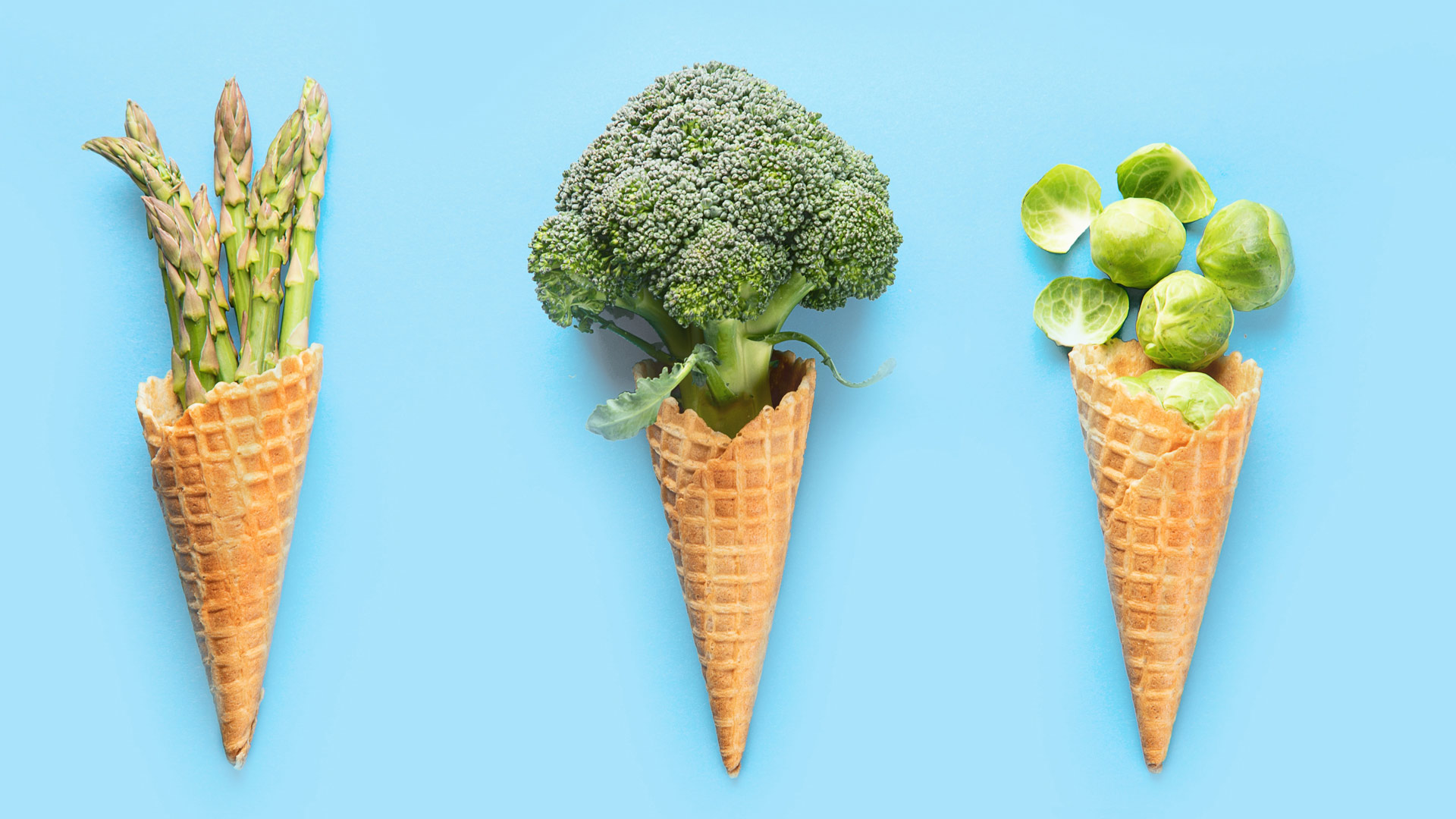

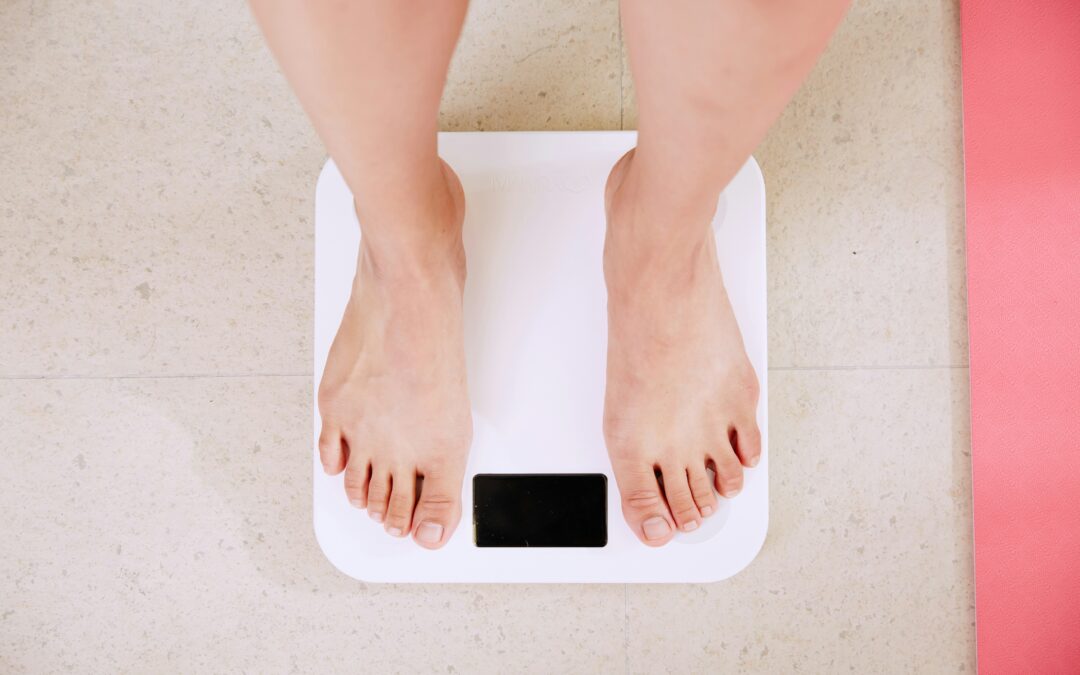
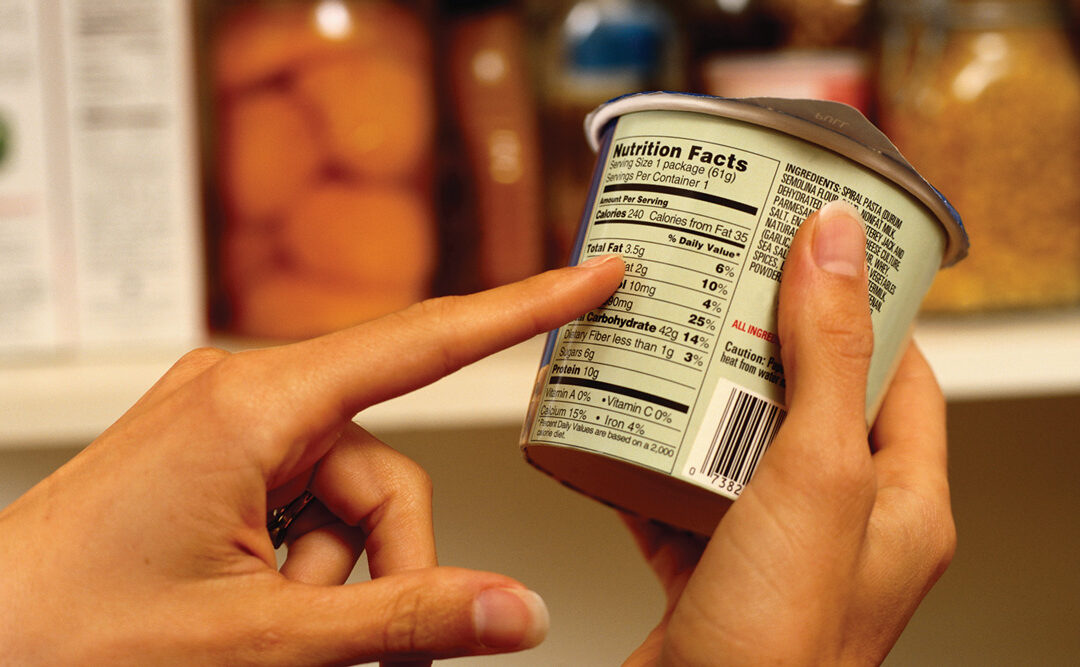



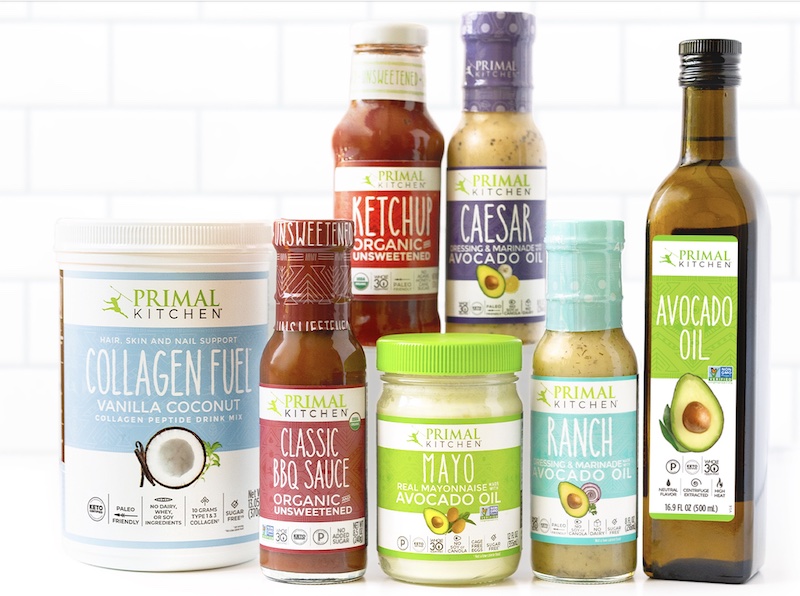


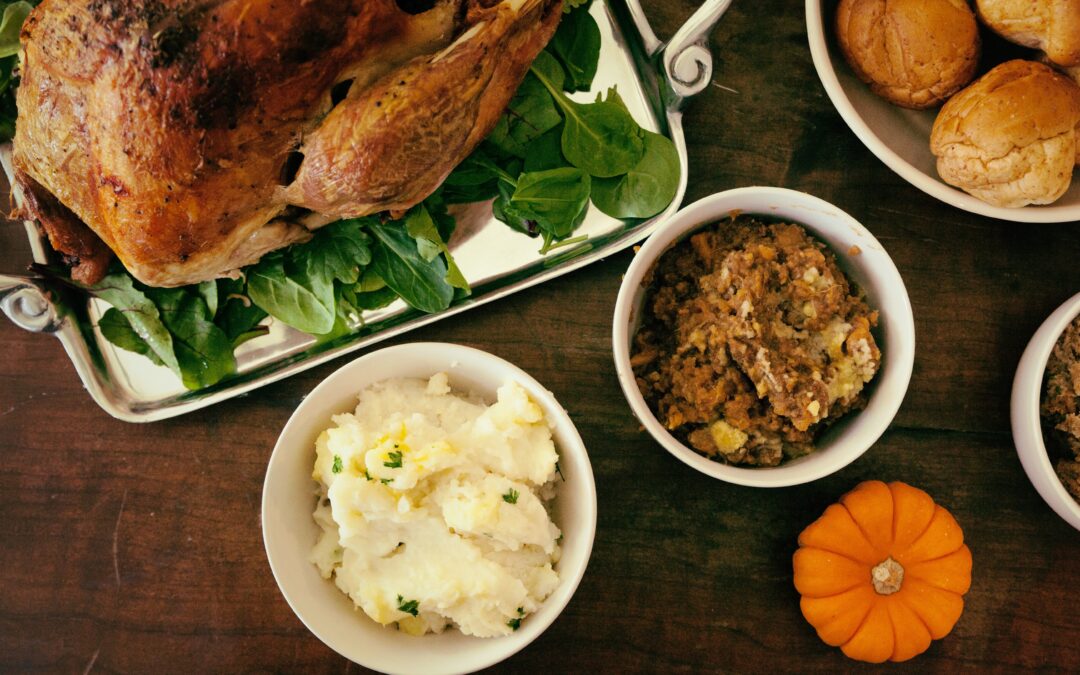

Leave a Reply